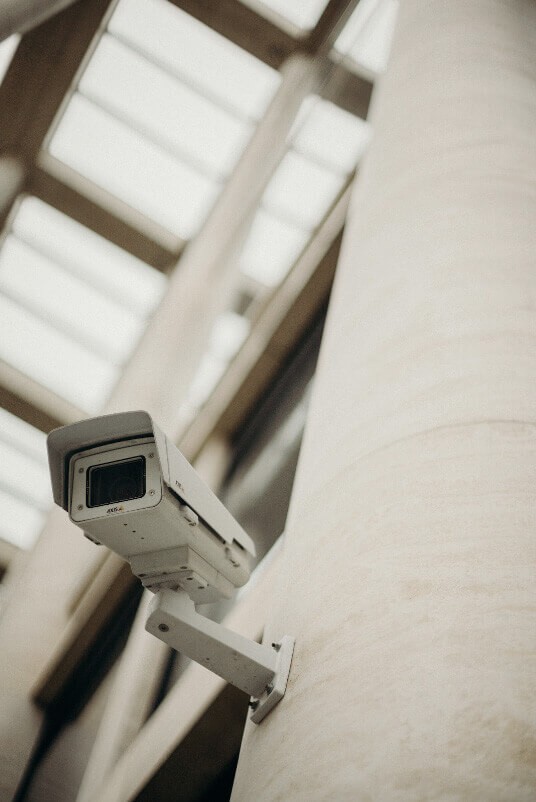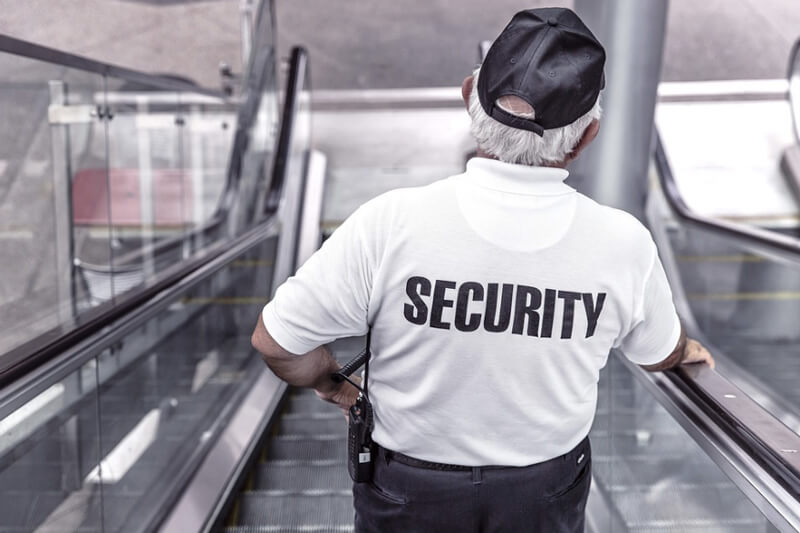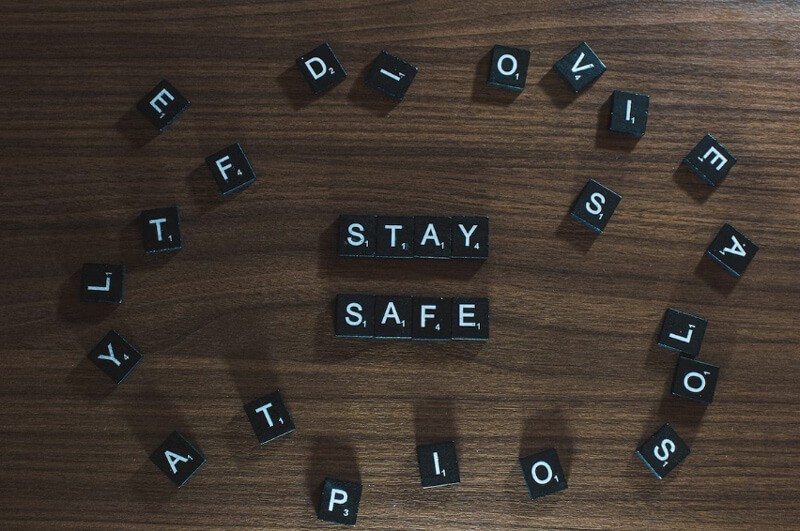Business owners have a duty to create a safe working environment for both their staff and their customers. Responsible employers should focus on health and safety: using equipment correctly, making sure a building is fire safe, and taking any steps necessary to comply with personal injury case management.
Safety from violence isn’t always top of the list of considerations when creating a safe workplace. It might seem that physical or other types of violence are rare. However, although thankfully this is the case, violence does happen in the workplace. In fact, In 2020, in the US, physical assaults in the workplace resulted in 20,050 injuries and 392 fatalities (Source: National Safety Council (NSC)).
Some professions are more likely to have workplaces where violence takes place such as healthcare and law enforcement, but any business can experience attacks of a physical or verbal nature, with or without weapons.
What can a responsible employer do to create a safe workplace and reduce the risk of violence?

What is workplace violence prevention?
Workplace violence can include physical threats or actual harm, including harassment and intimidation. It could also include ignoring, swearing, verbal insults, and damaging property. It can happen between staff members, between staff and customers, between staff and intruders, or between customers themselves.
Disputes that end in violence can flare up for many reasons. Disgruntled customers can come into conflict with employees, disputes can occur between employees when security staff try to prevent internal theft, or when security staff try to intervene to prevent criminal acts from customers.
Who is at risk from workplace violence?
There are a number of factors that can make some workplaces more at risk than others. Any business that has contact with the public is much more at risk, as are companies that handle expense items or money, as well as those that serve alcohol.
Where a business is located and the hours that it operates can also affect how safe a workplace is for employees. For example, working in a high crime area and at hours when fewer people are around such as early mornings or late evenings can increase risk.
Employees are also more vulnerable to violence from members of the public if they are working alone or in small groups. However, violence is possible in practically any workplace, and threats of violence don’t always come from outside. Employees can sometimes pose a risk to each other.
What causes workplace violence
What causes violence in the workplace? Often, it starts with some form of disruptive behavior. AP (asset protection) professional Jesse Stanley, interviewed recently on Solink in the Cloud about the brain science behind disruptive behavior, gave some insights.
Discussing the difference between a disgruntled customer, who is perhaps unhappy with customer service, and a dishonest customer or shoplifter, Stanley says: “They both have a demand that is not being met, and they both are willing to cross that line into harming someone else to get that demand met.”
Having crossed the line from reasonable behavior, it’s easy for a person’s actions to escalate into violence. The art of creating a safe workplace is to deescalate rather than escalate. As Stanley says: “We can project ourselves in a way that is not threatening… people are less likely to attack an ally than an enemy.”

How can employers reduce workplace violence?
There are various measures a responsible employer should take. Some are obvious and fundamental such as security cameras to protect your business, but there are many other steps a company can take that can significantly reduce violent incidents.
Risk
It’s important before implementing any procedures to properly calculate the risk of violence for your particular business. To assess the risk for your business, you need to identify potential factors such as access to weapons or dangerous items, times of day that are higher risk due to fewer staff, busy times, or valuable deliveries, and so on.
You also need to assess any risks coming from your employees themselves. A non-invasive way of doing this is to conduct surveys or personality assessments as well as background checks.
All of this information will help you build a picture of the potential risk of violence facing your business.
Drug and alcohol testing
Depending on the nature of your business, and the legality in your jurisdiction, you may want to regularly test employees for drug and alcohol use. This is partly to ensure staff welfare, but it’s also essential to safeguard customers, fellow staff, and the reputation of the company or organization. It can also reduce the risk of internal theft.
People under the influence of drugs or alcohol can become unpredictable and are more prone to violence or threatening behavior. This is in addition to making an individual less likely to perform their job properly. On all fronts, when legal, it’s wise to perform regular drug and alcohol tests to safeguard people and the business itself.
Mental health
Mental health issues can be the root cause of some workplace violence. Because of this, taking care of your employees’ mental health and training staff to be aware of and handle mental health issues in others is a good policy.
It’s important to give employees a clear channel to human resources or in-house welfare staff who can help in situations where mental health issues arise. It’s very important that staff feel empowered and comfortable talking about mental health and that they have trusted channels through which to seek help.
Internet of Things (IoT) benefits can also be incorporated into safety procedures. Smart sensors can detect incidents and alert authorities, while real-time tracking can ensure safety procedures are being followed correctly.
Fair procedures
Employees can become unhappy and angry in companies if they feel they are being treated unfairly. It’s vital to avoid disgruntled employees becoming disruptive or potentially violent, by making sure your hiring and firing procedures are fair and clear.
Make employees aware of their responsibilities and what will be expected of them in terms of their work and behavior. Give them clear channels to report the behavior of fellow employees, especially where violent or aggressive behavior is concerned.
Employees must feel that their workplace is a safe and supportive environment. This can avert conflict and violence.
Training and support
Training sessions to make staff aware of the risks and signs of a violent situation erupting are very important.
Training can make sure staff are aware of the signs of conflict and violence before a situation erupts and that they have the tools and skills to diffuse and avert violence where possible.
Security guards
We’ve talked about what can be done from the point of view of your staff, but it’s vital to support staff by making sure their work environment is properly secure.
Security guards are a good option for many businesses. They are a reassuring physical presence and a deterrent to those who might become violent. Hiring security guards can be costly, but there are other options such as remote video guarding or virtual guarding, which can work well for many businesses.

Cloud video security
Cloud video security can provide a technological answer to a business problem. Security monitoring not only enables you to keep an eye on what’s happening on the shop floor or in the office space, but it also gives you the facility to record evidence. Cameras can be set to watch blind spots, outside areas, and potential hotspots for trouble, such as the point of sale or customer service desks.
In terms of spotting violent incidents arising from those inside the company, security cameras can also help identify bullying, harassment, and violence, as well as other negative behavior among employees.
Zero tolerance
Another key point to avoiding violence is to make your zero-tolerance policy visible and clear to all customers and members of staff. Ensure that your policy on violent or threatening behavior is readily available by including it in the employee handbook, incorporating it into onboarding procedures, displaying it on the premises for customers to see, and clearly specifying which criminal charges may be applied.
Showing that you have a strong zero-tolerance policy and are prepared to take action if the policy is breached is a deterrent and a show of commitment to having a safe workplace.

Secure the premises
Make sure your physical business environment is safe and secure. Install panic buttons for staff and make sure entrances and exits have metal detectors or access control systems.
A lockdown procedure that staff are trained in regularly is also a good move. If a problematic or dangerous situation occurs, staff should know and follow to the letter your lockdown procedures. This could include securing doors and access, retreating to safe areas, and calling the authorities or security guards.

A safe workplace
The security of your business is vital in all aspects of its operations, whether this is digital security, such as exploring the alternatives to VNC and ensuring data and sensitive information are protected, or the physical safety of your workplace, including avoiding violence by knowing the risks and having the right training, procedures, and technology in place.
However careful you are to avoid aggression in your business, violence can flare up suddenly and take staff by surprise. Predicting or at least being aware of the potential causes of violence can equip businesses and their employees and above all keep people safe.
A safe workplace should be a right for all employees and customers or clients of any business or organization, and no business should imagine themselves immune from the threat of violence or aggression. Being aware and prepared is the best defense.
